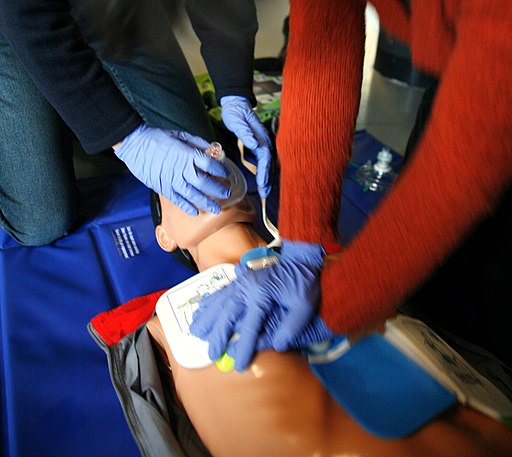 |
| (By Sauledeg (Own work) [CC BY-SA 3.0 (http://creativecommons.org/licenses/by-sa/3.0)], via Wikimedia Commons) |
Why our left brain does control the right part of the body and our right brain controls the left part of the body?
The human brain separates into two cerebral hemispheres such as right and left, connected by corpus callosum. The human brain passes and receives information from different parts of the body through Mid-brain, Pons, Medulla and Spinal Cord. Regarding spinal cord, outer part consists of white matter and inner part is grey matter. A collection of nerve fibers that connects human body to brain is called tract. There are two types of tracts; corticospinal tract and spinothalamic tract. The tract begins from human brain and passes through the spinal cord to the body parts is called as corticospinal tract. The tract begins from body parts and passes through the spinal cord to human brain is called spinothalamic tract. The spinothalamic tract divides into three order neurons called Neuron 1, Neuron 2 and Neuron 3.
When one feels touch or pain or temperature on right leg, the sensation passes to the right side of the spinal cord through dorsal nerve root ganglion (Nerve 1) and enters into the right side of the dorsal gray column of the spinal cord (Nerve 2). Then, it crosses to the left side of the gray column of the spinal cord, passes through the upper part of the white matter of left side of the spinal cord, comes out from the same side of the spinal cord, moves upwards through the medulla, pons, mid-brain (Nerve 3) and finally reaches in the left part of human brain (cerebral cortex). This tract is called as spinothalamic tract.
The left part of the human brain receives the sensation from the right leg through spinothalamic tract and as part of reply to the sensation; left sided brain sends the impulses to left part of spinal cord through the mid-brain, pons, medulla and crosses to right part of spinal cord. Finally, it comes out from the spinal cord and reaches to right sided body parts, this tract is being called as corticospinal tract. An example of result of an impulse is withdrawal of leg from pain or temperature. Thus, the right side of the brain controls the left side of the body and the left side of the brain controls the right side of the body through the spinothalamic tract and corticospinal tract.

